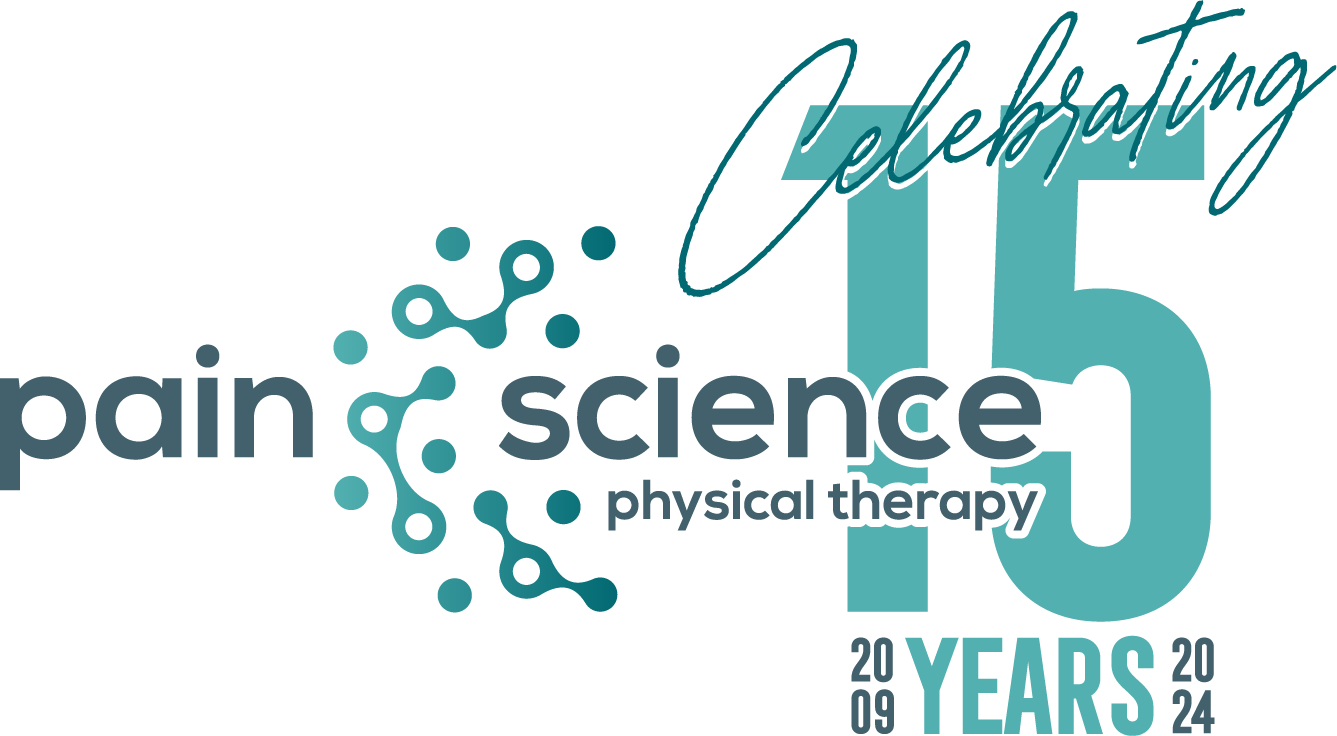Evidence of physical techniques for healing can be traced as far back as 400 B.C. in the writing of Hippocrates.1 However, what we now know as "physiatry" did not become recognized as its own medical specialty until 1947.1 There are also other specializations that deal with injuries using physical techniques, namely: sports medicine and physical therapy. Below we will explore the relationship between physiatry, sports medicine, and physical therapy and how these three specializations differ from each other.
What is Physiatry?
Physical Medicine, also known as physiatry, is a medical specialty that focuses on the prevention, diagnosis, treatment and rehabilitation of people disabled by disease, disorder or injury.1 It primarily uses "physical" means to treat patients, such as physical therapy and medications. A physiatrist's treatment mainly focuses on directing the patient through various methods to help alleviate pain and maximize function. Physiatrists can be either a Medical Doctor (MD) or a Doctor of Osteopathic Medicine (DO), although physiatrists do not perform surgery.2
A physiatrist's medical training requires four years of medical school and four years of residency training. After residency, a physiatrist can also receive more training through fellowships. A fellowship typically lasts one or two years and provides more specialized training regarding how to treat specific types of injury or pain sources.2 Below is a list of possible areas of focus.
- Back pain
- Muscle and ligament injuries
- Work injuries
- Myofascial pain
- Fibromyalgia
- Spinal cord injury
- Osteoarthritis
- Ankylosing spondylitis
- Osteoporosis
Physiatry is unique among medical specialties because it generally focuses on the functioning of the whole patient in comparison with a focus on a singular body system.1
A Brief History of Physiatry
Empirical trials during and after World War 1 showed that various physical methods of treatment were useful for the recovery of patients. Healthcare workers began practicing these methods to help rehabilitate injured and disabled soldiers.1 Formal education for physiatry began in 1926 when Dr. John Stanley Coulter became the first full-time academic physician in Physical Medicine. He eventually became the leader of the educational development of physiatry and initiated the first continuing teaching program in the practice.1
In 1936 Frank Krusen, MD, established the Physical Medicine Program and initiated the first three-year residency in Physical Medicine programs. In 1938, Krusen coined the word "physiatrist" to describe the physicians who practiced Physical Medicine.1 Krusen is widely recognized as the "Father of Physical Medicine."1
Physiatry became especially recognized during the polio outbreak of the 1950s. The outbreak sparked a desperate need for physical restoration treatments. Physiatrists and physical therapists alike were crucial in the rehabilitation of those affected by polio and their return to functionality.1
How Does Physiatry Relate to Sports Medicine?
Sports medicine is a field of medicine that deals with physical fitness. Sports medicine healthcare providers specialize in the treatment and prevention of injuries related to sports and exercise. They can also treat people suffering from physically demanding jobs.3 These providers go through special training to restore function to injured patients so they can be active again as soon as possible.
Sports medicine is not a medical specialty. Most sports medicine healthcare providers are board-certified in a different specialty such as family medicine or pediatrics and have pursued additional training in sports medicine. Some are also trained in surgery, often as orthopedic surgeons.4
Welia Health, a healthcare service in Minnesota and Wisconsin has listed some of the most common injuries treated by sports medicine doctors as follows.
- Fractures
- Concussions
- Eating disorders
- Ankle sprains
- Knee and shoulder injuries
- Heat illness
- Asthma induced by exercise
- Cartilage injuries
- Tendonitis
Sports medicine healthcare providers may also give advice on nutrition, supplements, exercise, and injury prevention.4
How Does Physiatry Relate to Physical Therapy?
Physical therapists are movement experts who improve quality of life through prescribed exercise, hands-on care, and patient education.5 Both physiatrists and physical therapists tend to treat the same kinds of conditions but they utilize different treatment approaches. Physiatrists are physicians. They have gone through medical school and are able to prescribe medication and perform invasive procedures such as injections. Physical therapists are trained at a doctoral level as well but they provide non-invasive treatments. One of the main differences between the two programs is that residencies are optional in the physical therapy program while they are required for physicians including physiatrists. However, a physical therapist will typically undergo additional training as required for their specific practice just like any doctor, surgeon, orthodontist, etc.6
Physiatrists and physical therapists can collaborate on care or they can work independently in the treatment of musculoskeletal conditions. Both are able to diagnose and treat but they use different approaches to do so. A patient might choose to see one provider or the other. Or a patient might see both. The key to the most successful and effective treatment is for the two to work collaboratively. Patients might benefit from just physical therapy (education, exercise, manual therapy, movement training) but sometimes they require more invasive interventions that only a medical physician can do.
Sources:
- https://www.physiatry.org/page/WhatIsPhysiatry
- https://www.spine-health.com/treatment/spine-specialists/what-a-physiatrist
- https://www.weliahealth.org/2019/11/what-is-sports-medicine/
- https://www.urmc.rochester.edu/encyclopedia/content.aspx?contenttypeid=160&contentid=19
- https://www.apta.org/your-career/careers-in-physical-therapy/becoming-a-pt
- https://www.prnpt.com/Blog/Posts/60/Pro-Active/2020/1/Are-Physical-Therapists-Doctors/blog-post/
- https://www.aapmr.org/career-support/medical-student-resources/a-medical-students-guide-to-pm-r/what-is-the-difference-between-physical-therapy-and-physiatry


